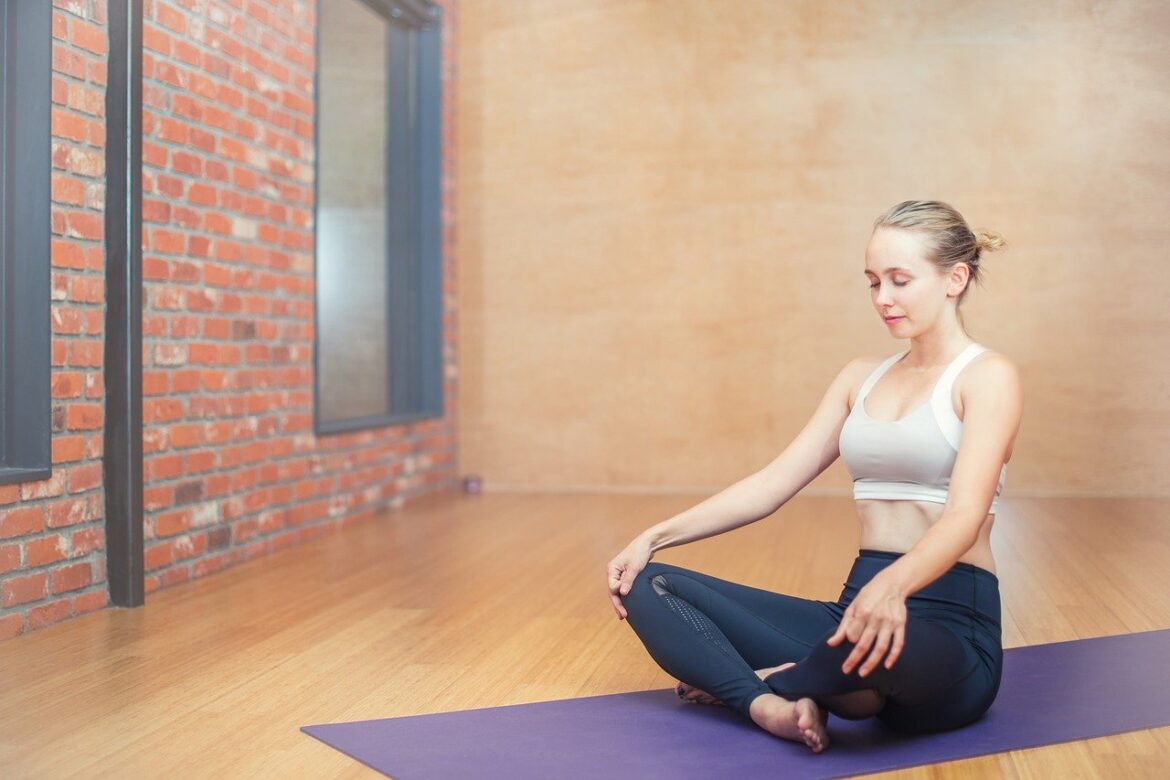Use the correct breathing technique for proper relaxation
Hello, stressed-out world. It’s time for the holidays, and just about everyone will experience stress, good or bad, because of them. Do you have a healthy way to manage your stress (sorry, excessive alcohol intake doesn’t count)? Do you find ways to quiet your mind when you can’t focus your attention? Do you know of a way to relax your body and help refocus your energy on a single task? If you don’t, consider a few techniques from your physical or occupational therapist! Proper breathing has been proven to be one of the most effective methods to reduce stress. However, studies have shown improper, shallow breathing, even if done in a focused manner, can increase anxiety and heart rate. Using the correct technique of breathing with proper instruction can be a very effective and simple tool in reducing heart rate and relaxing whole body musculature and help to refocus your attention.
Step 1- Lay on your back and “feel” your breath
In order to accomplish proper breathing, it is best to start laying on your back- it helps you focus and “feel” what you should be feeling. Place your hands on either side of your rib cage and start by feeling where the rib cage moves as you inhale and exhale. Remember, your lungs are cylindrical, they move in all directions as they inflate- in front of you, behind you, and out to either side. So you should feel slight movement and expansion out into your hands that are resting on the sides of your rib cage as you inhale. The next thing you want to focus on is “feeling” the pressure that the inflated lungs place on your diaphragm (which is basically right under your rib cage and lungs), causing it to place some pressure on your abdominal cavity. You should feel increased gentle and sustained pressure in your abdomen. As a result, you will see your belly gently rise. Be careful to avoid forceful belly breathing- where you are focusing all of your breath into your abdomen- you want the entire trunk to expand and relax together.
Step 2- Close your eyes and visualize your breathing
Once you get the hang of this method of breathing- close your eyes and follow your breath- from the moment it enters your nose to the moment it leaves. Focus on how it feels on your nose as you inhale- make an effort to relax the muscles that surround your mouth and lips, jaw and eyes- even while closed, you will see that the muscles around your eyes hold tension. Set a timer for 10 minutes and focus only on breathing during this time. Focus your mind on how your ribs move- visualize the lungs underneath expanding as your fill them- feel the pressure the inflated lungs place on your diaphragm below and the entire abdominal cavity, and finally release the breath and feel how everything relaxes as the breath exits the lungs.
Step 3- Enjoy increased focus and relaxation
After 10 minutes, you will find your body has relaxed physically, and your mind will be able to better focus on a single task. As therapists, we often use breathing techniques with our patients to help them relax abdominal musculature and pelvic floor musculature when there is hyperactivity in either of these areas.
We also have hands-on techniques through craniosacral therapy that we can use to help down train the sympathetic nervous system and induce full-body relaxation to help improve your ability to function throughout the day as well as your ability to achieve a level of deep sleep to restore nighttime healing. If you feel like you could you a boost to your relaxation routine, give us a call at Freedom Physical Therapy.


Good blog thanks for sharing